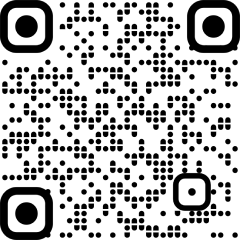
Patna: Mahavir Cancer Sansthan and Research Centre (MCSRC) Phulwarisharif in Patna has introduced advanced deep inspiratory breath hold (DIBH) and gated radiotherapy technology to enhance the precision and safety of radiation therapy, offering better outcomes for patients, according to medical superintendent Dr L B Singh.
The DIBH is a method where patients are trained to hold their breath during radiation treatment, which helps in stabilizing the position of the tumour, particularly in regions like chest and upper abdomen. This results in less radiation exposure to surrounding healthy tissues and organs, ultimately minimising side effects, he says.
On the other hand, gated radiotherapy synchronises radiation delivery with the patient’s breathing cycle, further improving the precision of the treatment. This is particularly beneficial for tumours located near critical structures, such as heart or lungs, where even slight movements can affect the effectiveness of the therapy, Dr Singh adds.
“These advancements in radiotherapy will make a substantial difference in the outcomes for cancer patients who rely on our expertise,” MCSRC director Dr B Sanyal says.
According to associate director of radiotherapy Dr Vinita Trivedi, introduction of these technologies marks a significant milestone for MCSRC. With the integration of these advanced techniques, the institution is setting new standards in cancer care, particularly for complex cases that require the highest levels of accuracy, she says.
In addition, doctors, paramedical staff and employees of the MCSRC expressed their happiness and gratitude to CM Nitish Kumar and Union govt for honouring MCSRC founder Acharya Kishore Kunal with Padma Shri posthumously.
Patna: Mahavir Cancer Sansthan and Research Centre (MCSRC) Phulwarisharif in Patna has introduced advanced deep inspiratory breath hold (DIBH) and gated radiotherapy technology to enhance the precision and safety of radiation therapy, offering better outcomes for patients, according to medical superintendent Dr L B Singh.
The DIBH is a method where patients are trained to hold their breath during radiation treatment, which helps in stabilizing the position of the tumour, particularly in regions like chest and upper abdomen. This results in less radiation exposure to surrounding healthy tissues and organs, ultimately minimising side effects, he says.
On the other hand, gated radiotherapy synchronises radiation delivery with the patient’s breathing cycle, further improving the precision of the treatment. This is particularly beneficial for tumours located near critical structures, such as heart or lungs, where even slight movements can affect the effectiveness of the therapy, Dr Singh adds.
“These advancements in radiotherapy will make a substantial difference in the outcomes for cancer patients who rely on our expertise,” MCSRC director Dr B Sanyal says.
According to associate director of radiotherapy Dr Vinita Trivedi, introduction of these technologies marks a significant milestone for MCSRC. With the integration of these advanced techniques, the institution is setting new standards in cancer care, particularly for complex cases that require the highest levels of accuracy, she says.
In addition, doctors, paramedical staff and employees of the MCSRC expressed their happiness and gratitude to CM Nitish Kumar and Union govt for honouring MCSRC founder Acharya Kishore Kunal with Padma Shri posthumously.






